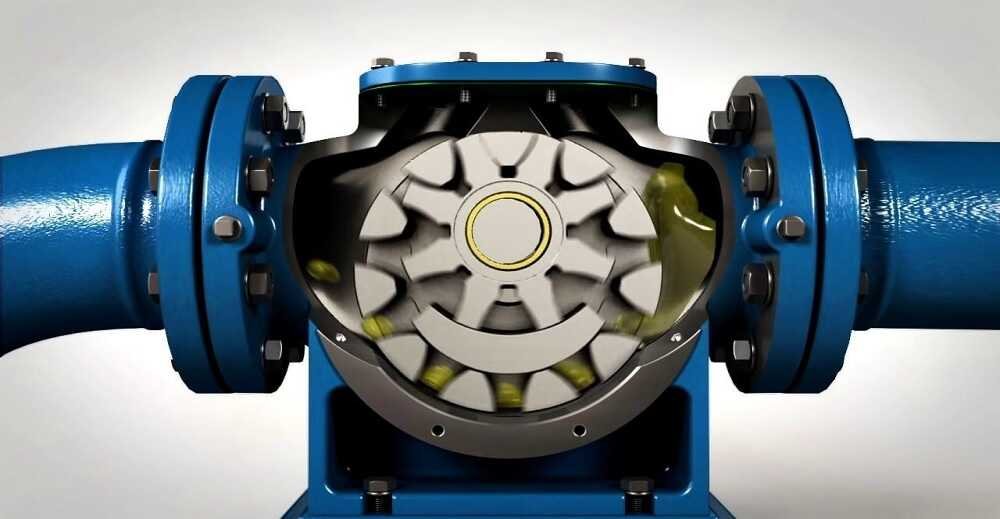
Introduction
Diamonds have long been regarded as symbols of wealth, love, and prestige. Traditionally, mined diamonds are not scarce have dominated the market, often seen as rare and precious. However, a significant shift is occurring in the diamond industry as lab-made diamonds gain popularity and challenge the conventional notion of diamond scarcity. This article explores the reasons why mined diamonds are not as scarce as perceived and examines the benefits of lab-made diamonds.
Understanding Diamond Scarcity
Mined diamonds are often associated with the illusion of scarcity. Geological factors contribute to the formation of diamonds, which occur deep within the Earth under extreme pressure and temperature over millions of years. While this process is complex, the actual volume of diamonds in the Earth’s crust is substantial. Despite the geological challenges, the diamond industry has successfully extracted millions of carats annually.
Monopolistic practices within the diamond market further perpetuate the illusion of scarcity. Major diamond corporations, such as De Beers, have historically controlled the supply of diamonds to maintain high prices. By stockpiling diamonds and controlling distribution, these companies create an environment in which consumers perceive diamonds as rare, thereby driving up their perceived value.
Additionally, market dynamics play a crucial role in shaping the perception of diamond scarcity. The marketing strategies employed by diamond companies emphasize rarity and desirability. The iconic phrase “A diamond is forever,” popularized by De Beers, has ingrained in consumers the idea that diamonds are a unique investment. However, as mining technologies advance and exploration methods improve, the reality is that a significant quantity of diamonds exists, undermining the notion of scarcity.
The Emergence of Lab-Made Diamonds
Lab-made diamonds, also known as synthetic or cultured diamonds, are created using advanced technologies that replicate the natural diamond-forming process. The two primary methods for creating lab-made diamonds are High Pressure High Temperature (HPHT) and Chemical Vapor Deposition (CVD). Both methods produce diamonds that are chemically, physically, and optically identical to their mined counterparts.
One of the most significant advantages of lab-made diamonds is their cost-effectiveness. Typically, lab-made diamonds cost 20-40% less than mined diamonds. This affordability makes them an attractive option for consumers seeking quality without the premium price tag.
Ethical considerations also play a vital role in the rise of lab-made diamonds. The ethical concerns surrounding mined diamonds, often linked to conflict and exploitation, have led many consumers to seek alternatives. Lab-made diamonds are conflict-free and environmentally friendly, addressing issues related to human rights and ecological impact. Additionally, lab-made diamonds come with greater transparency regarding their origin and production. Consumers are increasingly interested in knowing where their purchases come from, and lab-made diamonds offer traceability that mined diamonds often lack.
Changing Consumer Perceptions
As awareness of the realities of the diamond market grows, consumers are re-evaluating their perceptions of both mined and lab-made diamonds. A survey by the Natural Diamond Council revealed that nearly 60% of consumers would consider purchasing a lab-made diamond, emphasizing a shift toward prioritizing ethical sourcing and affordability.
Conclusion
The narrative surrounding diamonds is evolving. While mined diamonds have long been viewed as scarce and valuable, the realities of the diamond market reveal a different story. lab made diamonds are emerging as a viable alternative, offering consumers ethical, affordable, and high-quality options. As the demand for transparency and sustainability continues to grow, the diamond industry must adapt to meet changing consumer preferences. Ultimately, the perception of rarity will shift as consumers embrace the value of lab-made diamonds, challenging the traditional hierarchy of mined diamonds in the luxury market.






